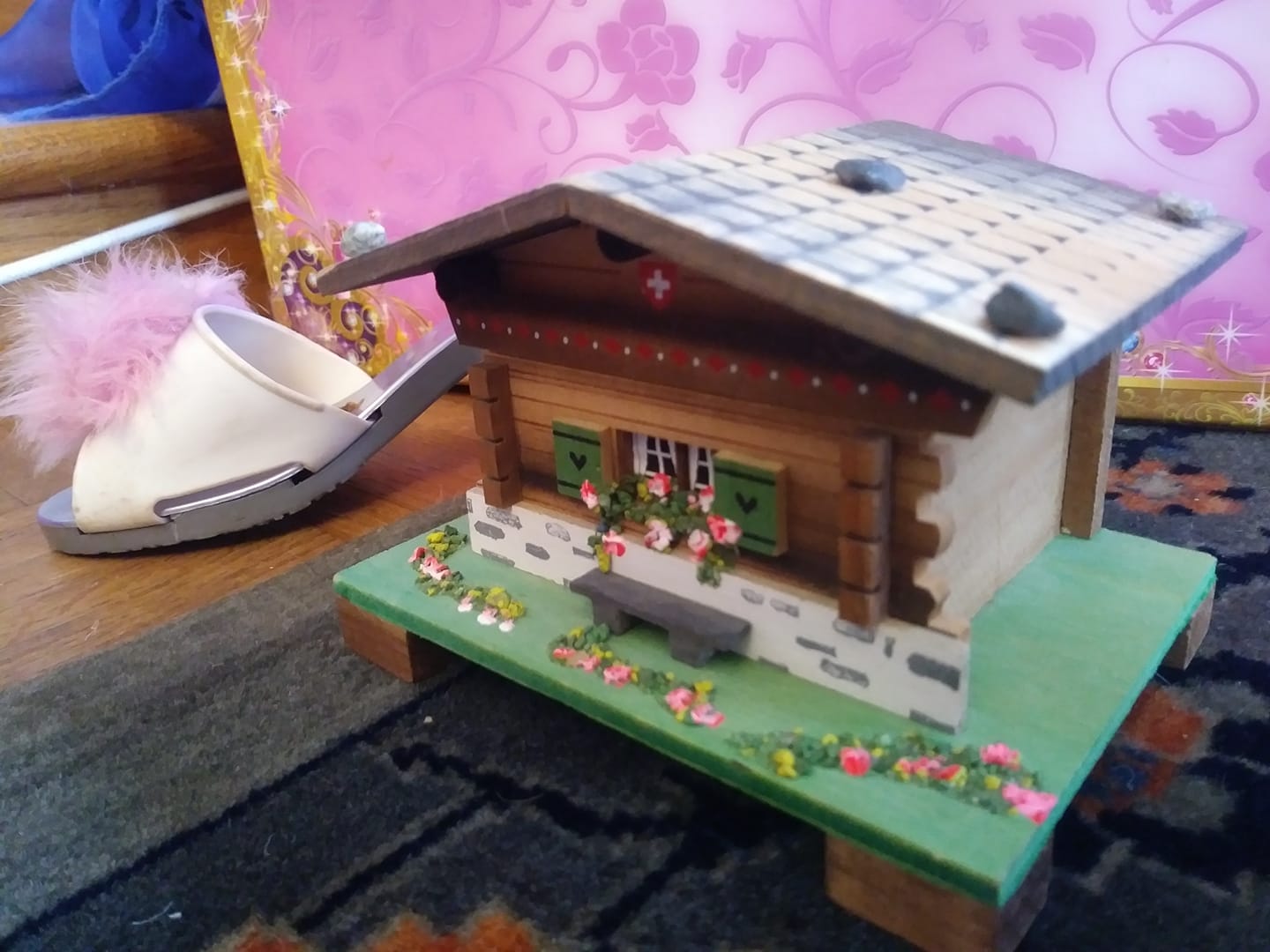NOVEMBER 14, 2020 – I often play a mind game in which I encounter someone from generations, centuries, even millennia ago or . . . an intelligent being from some other part of the cosmos altogether. My leading question is, “What amazes you most about ‘my’ world?”
In the case of nearly every imaginary past earthling I encounter, the response is “your food stores.” This reply shouldn’t amaze us: since our beginnings hunting, gathering, growing food in an all-out effort to keep starvation at bay has been the over-riding focus of humanity.
Aliens are, well, from a different planet when it comes to fascinating earthbound stuff. I had one pretend-alien tell me that the top attraction was a swarm of swallows at dusk over marshlands in Connecticut. Another couldn’t get over a Lakers game. And then there was the alien who was transfixed by . . . a music box.
& & &
I haven’t yet convinced our five-year-old granddaughter that she’d “like to start” piano lessons. I’m not giving up hope, however, knowing how she likes to hear the simple little music boxes among her stash of amusements we keep on hand for her visits.
Back in the day my two older sisters were given music boxes for Christmas—one pink, one blue, the colors of all their other matching possessions. The boxes were the typical little-girl jewelry boxes with a twirling ballerina. I was as curious about the mechanics involved as I was calmed by the music (and envious; in my small mind, “jewelry” = “loot”).
A few years later, one of my sisters returned home from a grandparents-visit bearing a special gift: an old silver music box that doubled as a powder puff holder. The music it played was as sweet and innocent as the cherub face that adorned the cover. It was a sturdy box, and again, the mechanics fascinated me. How did such a thing work?
Having developed an aversion to clutter and hoarding, I’ve restrained myself from collecting music boxes. But as I always say, “Never say ‘never.’”
Meanwhile . . . the internet is a beautiful thing. Search “origin of the music box,” and you soon find yourself in a vast subculture devoted to this favorite musical device of the 19th century. According to consensus, the music box was invented in 1796 by the Swiss watchmaker, Antoine Favre-Salomon. The original design hasn’t fundamentally changed: a metal cylinder with small, raised tabs rotates by the controlled release of a wound spring. As the cylinder turns, the tabs pluck the tips of fix metal prongs, which vibrate in accordance with pitches of a given melody.
My internet search led to fascinating regions. One example: the Otaru Music Box Museum in Hokkaido, Japan, which purports to house 25,000 music boxes. Another: Shanghai Gallery of Antique Music Boxes and Automata inside the Shanghai Oriental Art Center—where Monsieur Favre-Salomon’s first music box is on display.
But the most amazing find was the Müpa Budapest Sound Machine—guaranteed to “wow” that alien. Check it out (the music box, not the alien) at:
https://www.youtube.com/watch?v=h9dPuOWdRns&feature=youtu.be
(Remember to subscribe to this blog and receive notifications of new posts by email.)
© 2020 by Eric Nilsson
